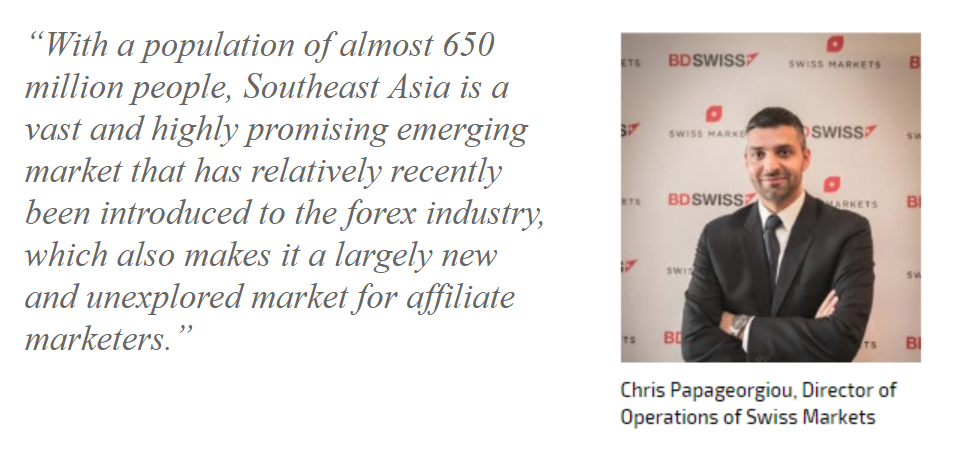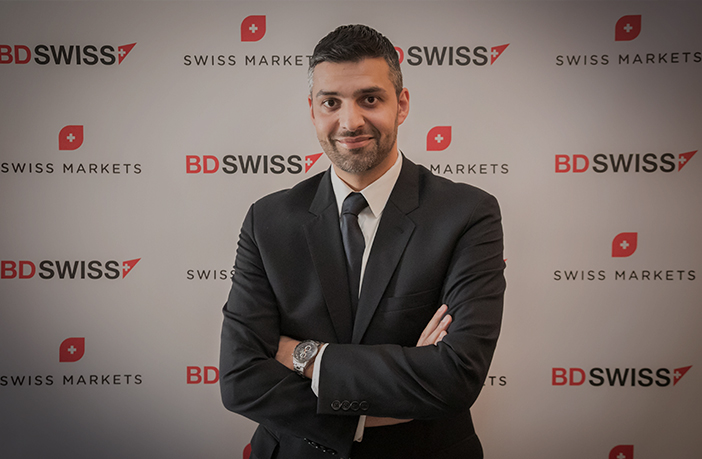
Forex and CFD audiences are becoming increasingly complex and like every consumer, they use a multitude of different channels. The days when a single message through a single channel sufficed to reach your entire follower-base or audience are long gone. Nowadays, audiences move sequentially between computer, smartphone, tablet and TV – or use them simultaneously, according to context and in order to be more efficient. As forex affiliate marketers communicate with their audiences, it is imperative that they understand this fundamental aspect of the user experience – and tailor their marketing strategies accordingly.
Simply put, Multi-Channel marketing refers to the practice of communicating with audiences across multiple channels to maximize the possibility of engagement. What that means is that a forex affiliate marketer would cohesively leverage mediums to reach the end-user like:
- SMS
- In-App Message
- Push Notification
- Web Push Notification
- Web Messages
Creating a solid online presence requires running your campaigns across multiple channels. When done right, multi-channel interactions can amplify your online reach. According to statistics provided by marketing hub Optimove, the average adult is connected to the internet via 4.5 devices, and with the advancement of the IoT, that number is only poised to grow. As a forex affiliate marketer, reaching your audience exclusively through one channel or one device means that you’re losing a lot of potential touchpoints and valuable leads.
Why is multi-channel strategizing important for forex affiliate marketing?
Multi-channel campaign management enables forex affiliate marketers to promote their partner brokers across websites, mobile, social, email and call centers. According to another marketing research conducted by Optimove overall, multi-channel campaigns receive a 14% response rate. Meanwhile, single-channel campaigns received a response rate of 10.2%. These results spell a 37% increase in response when using a multi-channel campaign compared to a single-channel campaign.
Multi-channel campaigns are critical in today’s super-connected world. Different people are more receptive to communications via different channels, different types of messages work better over different channels, and repeating a message via different channels is much more effective than repeating it via a single channel.
What are the benefits for you as an affiliate marketer?
Let’s start with the obvious, multi-channel campaigns enable you to reach more people, more effectively, through a number of channels; which also translates to improved conversion rates and ROI. Multi-channel campaigns also enable you to create an intelligent engagement strategy, using data to understand usage patterns on a daily basis. What is more, multi-channel campaigns will make your forex affiliate website or chanel appear more serious, established and in simple terms, more legitimate. Say that you promote a broker via free educational webinars. Subjecting your target audience to multiple impressions can reinforce the need for your webinars, and increase “back of the” mind awareness of your name and educational offering.
Last but not least, multi-channel campaigns have been found to improve customer’s lifetime value. According to Google, multi-channel users will have a 30 percent higher lifetime value compared to single channel users.
How to build a successful multi-channel campaign
The key here is consistency. Try to keep your design, tone and message consistent across different channels. This will help your followers identify your name or website more easily. By managing campaigns across multiple channels you’re creating a presence for your website or channel in your clients life. If you treat each channel separately you will fail to deliver consistency. Instead try to run campaigns that present a sequence of messages, like telling your audience a story, across multiple channels.
Sources: Optimove blog 8/3/2019 12:30 PM GMT, LeadForensics 8/3/2019 12:30 PM GMT





 5. Using ads
5. Using ads






 The most prevalent niches when it comes to targeting Southeast Asia as a Forex partner revolve around education as Chris reveals. This is a new audience of demanding Fin-Tech adopters that are curious to learn everything there is to know about Forex / CFD trading. They are looking into educational courses and videos, broker reviews, comparison websites, professional trader strategies by influencers, youtubers and bloggers and of course news sites and social pages that can keep them up to date with what is happening in the financial markets. When it comes to Introducing Brokers, educational seminars, workshops and gatherings can be a very effective tool when it comes to promoting forex and CFD trading to Southeast Asia audiences.
The most prevalent niches when it comes to targeting Southeast Asia as a Forex partner revolve around education as Chris reveals. This is a new audience of demanding Fin-Tech adopters that are curious to learn everything there is to know about Forex / CFD trading. They are looking into educational courses and videos, broker reviews, comparison websites, professional trader strategies by influencers, youtubers and bloggers and of course news sites and social pages that can keep them up to date with what is happening in the financial markets. When it comes to Introducing Brokers, educational seminars, workshops and gatherings can be a very effective tool when it comes to promoting forex and CFD trading to Southeast Asia audiences.